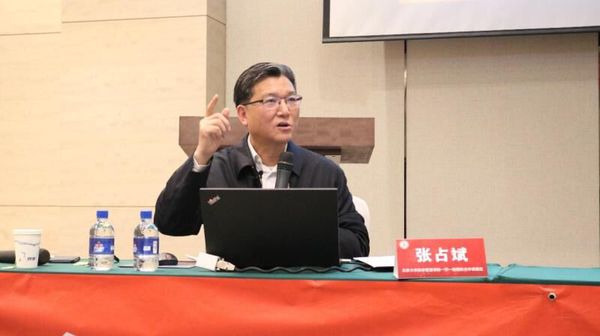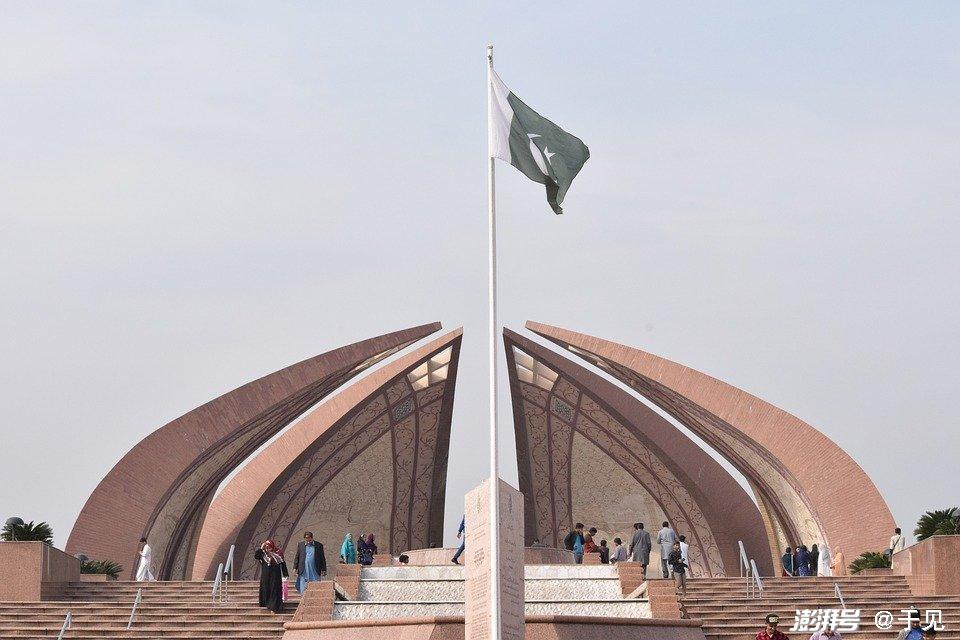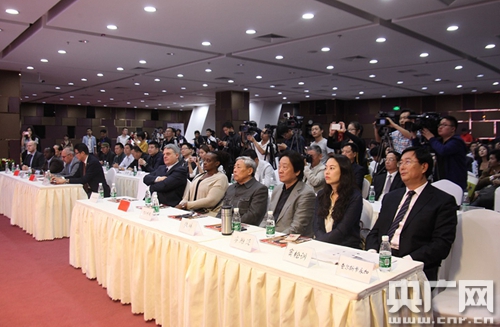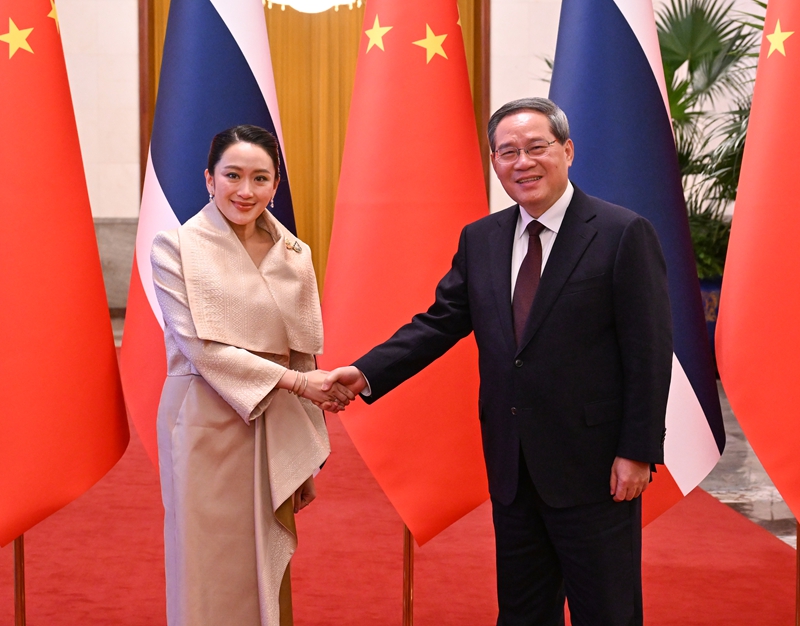[2017, Decoding The Belt And Road] "Belt And Road" Free Trade Zone "big Chess Game"
[2017, Decoding The Belt And Road] "Belt And Road" Free Trade Zone "big Chess Game"
China Radio International Beijing May 8th According to China Voice
China Radio International Beijing May 8th (Reporter Lu Hongqiao) According to China Voice's "News Zongheng" report, China National Radio has specially planned "2017, Decode the "Belt and Road"". China Radio International anchor Wang Yi will take you to experience the vigorous pulse of the "Belt and Road" up close.
Yesterday we took a look at where the money for the construction of the "Belt and Road" came from. Today we will look at the new changes in the "Belt and Road" trade. In particular, the free trade zone has been steadily pushed open from point to surface, allowing enterprises and people from countries along the "Belt and Road" to share more dividends. What are these dividends? Let’s take a look at the border market and compare the prices of Southeast Asian fruits.
Many people love to eat Thai durian, Vietnamese dragon fruit, mangosteen and other tropical fruits. However, it used to be sold in China very high, and it was even called "noble fruit". However, after the China-ASEAN Free Trade Zone was fully launched on January 1, 2010, "noble fruits" were no longer expensive. Many citizens in Nanning, Guangxi used to be unable to afford Southeast Asian fruits, but now they buy one box. "Mangosteen like this used to cost hundreds of yuan, but now it can buy a box of just a few dozen yuan. It feels very affordable and citizens are happy to eat."
The people of ASEAN countries are also very happy. For example, it was difficult to eat cheap Chinese apples in Thailand in the past. Now, you can buy it everywhere, but the price is not expensive. How does this mutual benefit be achieved? The key is that more than 90% of the products in the China-ASEAN Free Trade Zone have zero tariffs, which truly benefits the people of all countries in the Free Trade Zone. Of course, there are more business opportunities and conveniences for enterprises. Let’s take a look at the border between China and Kazakhstan.
At the Horgos Port in Xinjiang, the China-Kazakhstan cross-border economic and trade zone spans the two countries, with an area of more than 5 square kilometers. When you walk into this area, you will find that citizens of the two countries can do business on each other's land without going through entry procedures. Businessmen and tourists from all over the world can enjoy preferential policies such as tax refunds and tax exemptions.
Chen Guo, a businessman from Yiwu, Zhejiang, discovered a business opportunity here. He told his colleagues in China, "Send 20 pieces from our company tomorrow, as well as products such as children's blankets. Because during this period, Harbin is in demand."
The free trade zone has more policy benefits and trade opportunities, and Chinese and foreign companies can benefit from it. For example, a Spanish clothing company enjoyed great convenience by entering the Shanghai Free Trade Zone.
The company's factory is busy and the newly produced clothing is about to be shipped to the airport to ship to China. For the international fashion fast-moving consumer goods here, time is life. From design to proofing to production, it must be completed within a week. But be aware that the next speed can be faster than this.
More than ten hours later, these clothes appeared in major shopping malls in cities such as Shanghai and Nanjing. The trick is that the Shanghai Free Trade Zone is established, which simplifies customs clearance procedures, optimizes customs clearance procedures, and saves customs clearance time. How fast is it? Meng Luming, deputy general manager of Shanghai COSCO International Air Express Agency Co., Ltd., said, "Now it can basically guarantee that the cargo will leave the area in one day. At the fastest time, the flight lands at 6 o'clock in the morning and leaves the area at 11 o'clock in the morning, and it will only take 5 hours."
The convenience and opportunities brought by the free trade zone can be seen. However, it is a complex systematic project to promote it in the wider field of the "Belt and Road". President Xi Jinping specifically pointed out that we must strengthen top-level design and plan big chess games, and gradually build a network of free trade zones based on the surrounding areas, radiating the "Belt and Road" and facing the world.
At the 2020 Business Summit in 2016, he said: "We will accelerate the negotiation and signing of free trade agreements and investment agreements with relevant countries, and promote the construction of domestic high-standard free trade pilot zones."
If you can overlook the panoramic view, you will find that this "big chess game" has accelerated its move. From a domestic perspective, in September 2013, the Shanghai Free Trade Pilot Zone was listed. Subsequently, in December 2014, Guangdong, Tianjin and Fujian established three new free trade pilot zones. At the end of August 2016, seven provinces and cities including Liaoning, Zhejiang, Henan, Hubei, Chongqing, Sichuan and Shaanxi established new free trade pilot zones. These free trade zones have their own characteristics and will provide important support for accelerating the construction of the "Belt and Road".
Wang Shouwen, Vice Minister of Commerce, gave two examples: Chongqing will focus on promoting the coordinated development of the "Belt and Road" and the Yangtze River Economic Belt. Shaanxi will innovate the modern agricultural exchange and cooperation mechanism and expand cooperation with countries along the "Belt and Road".
At present, my country has signed and implemented 14 free trade agreements, covering 22 countries and regions in Asia, Europe, Latin America and Oceania. In 2016, my country also successfully promoted the negotiations or research of eight free trade zones and made substantial progress. It can be imagined that if there are more and more free trade agreements and free trade zones along the "Belt and Road", people and enterprises from all countries will personally feel that there are more commodities from other countries, lower prices, fewer costs, and faster trade. This is mutual benefit brings mutual benefit, and mutual benefit achieves win-win results!

![[2017, Decoding The Belt And Road] "Belt And Road" Free Trade Zone "big Chess Game"](https://lcs-sfo.k4v.com/assets/public/default_cover.jpg)



